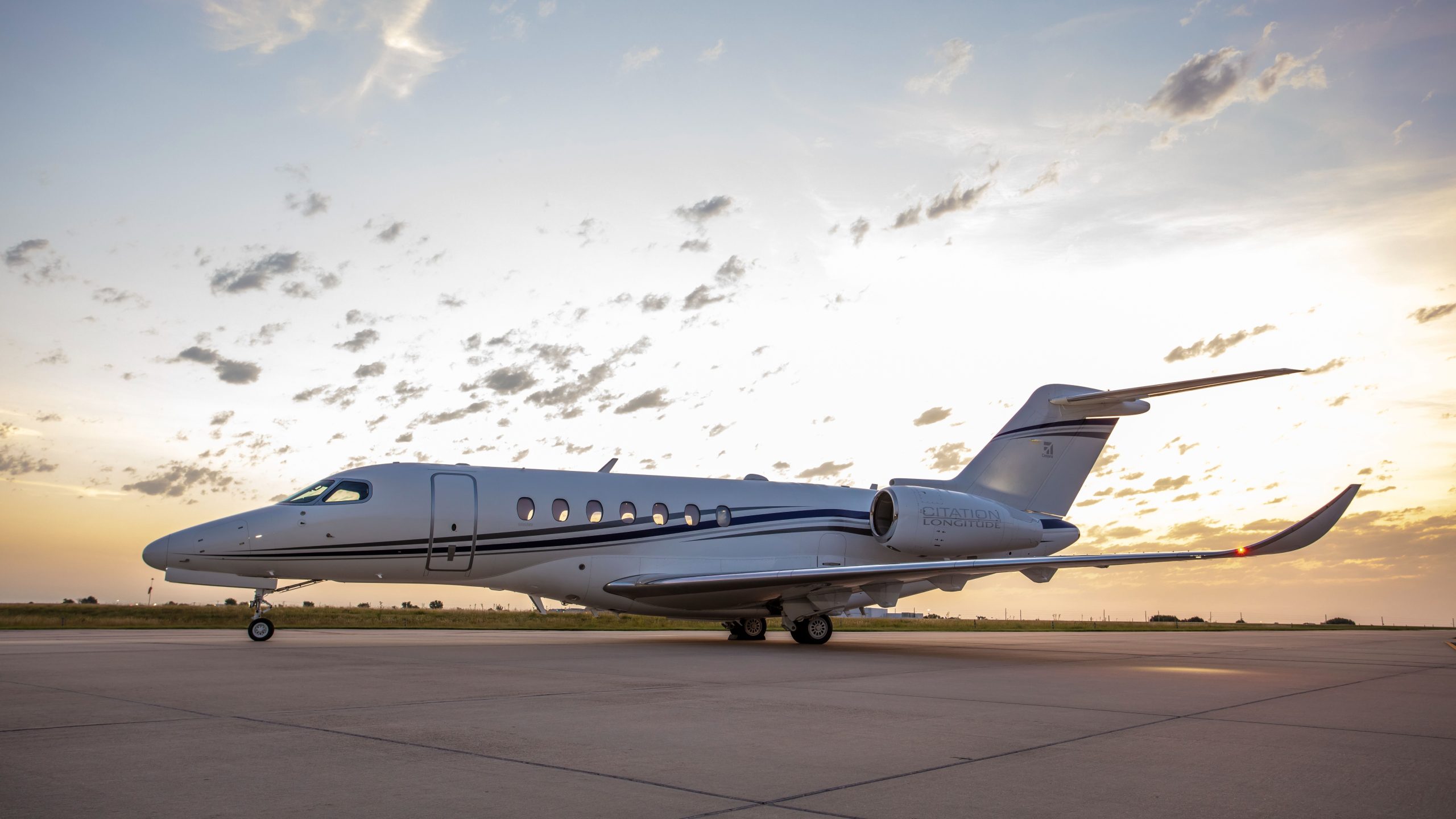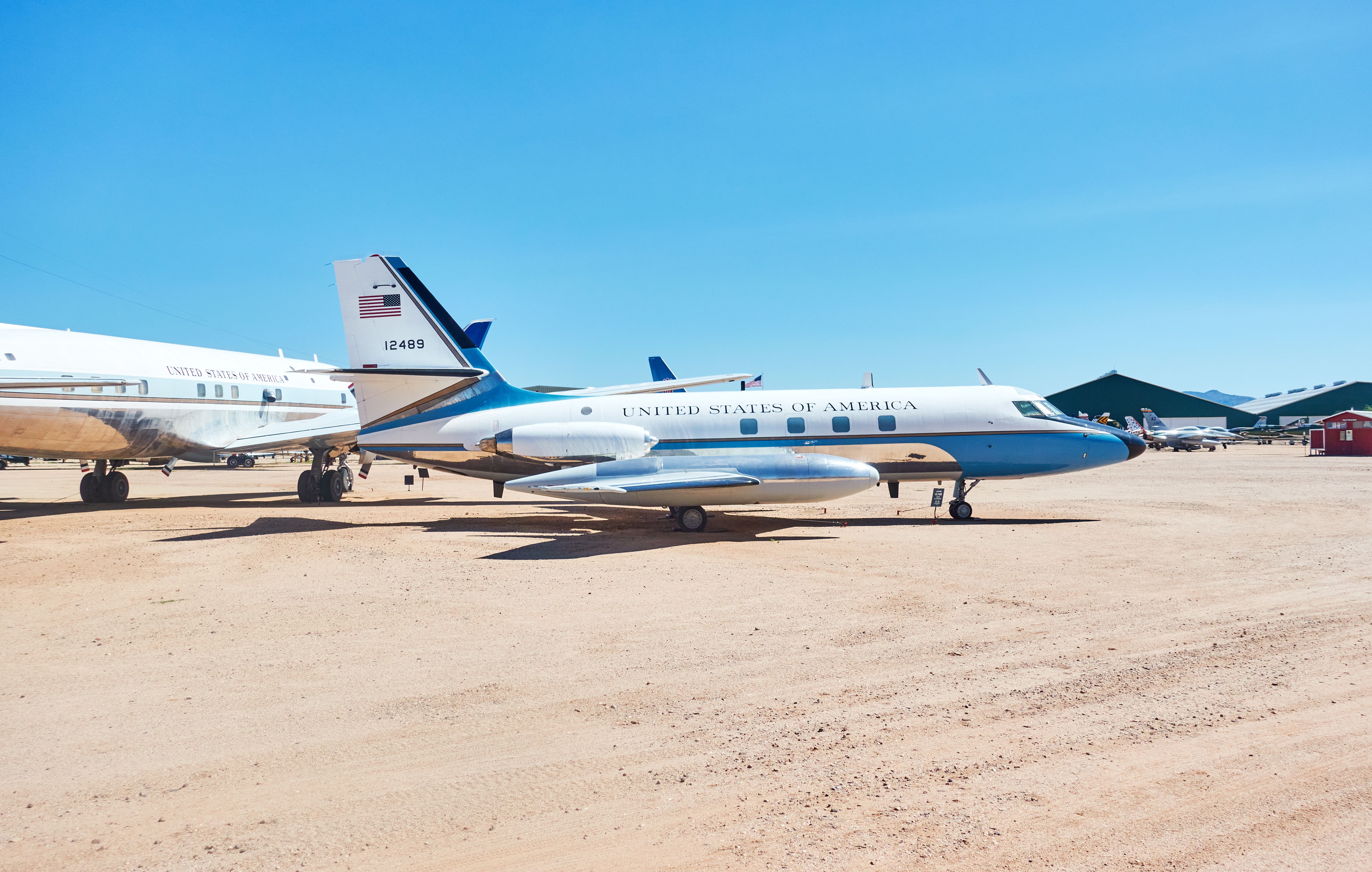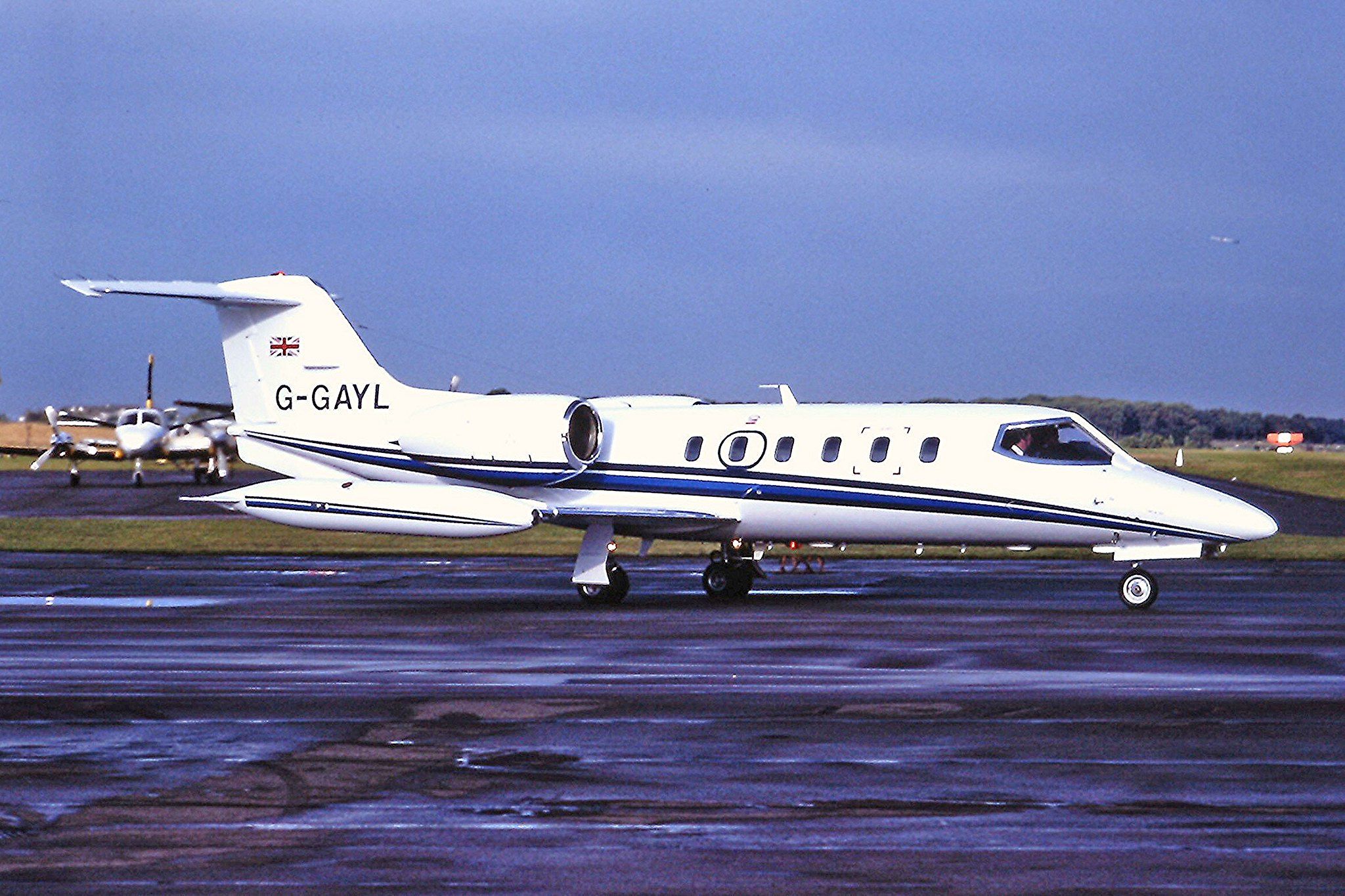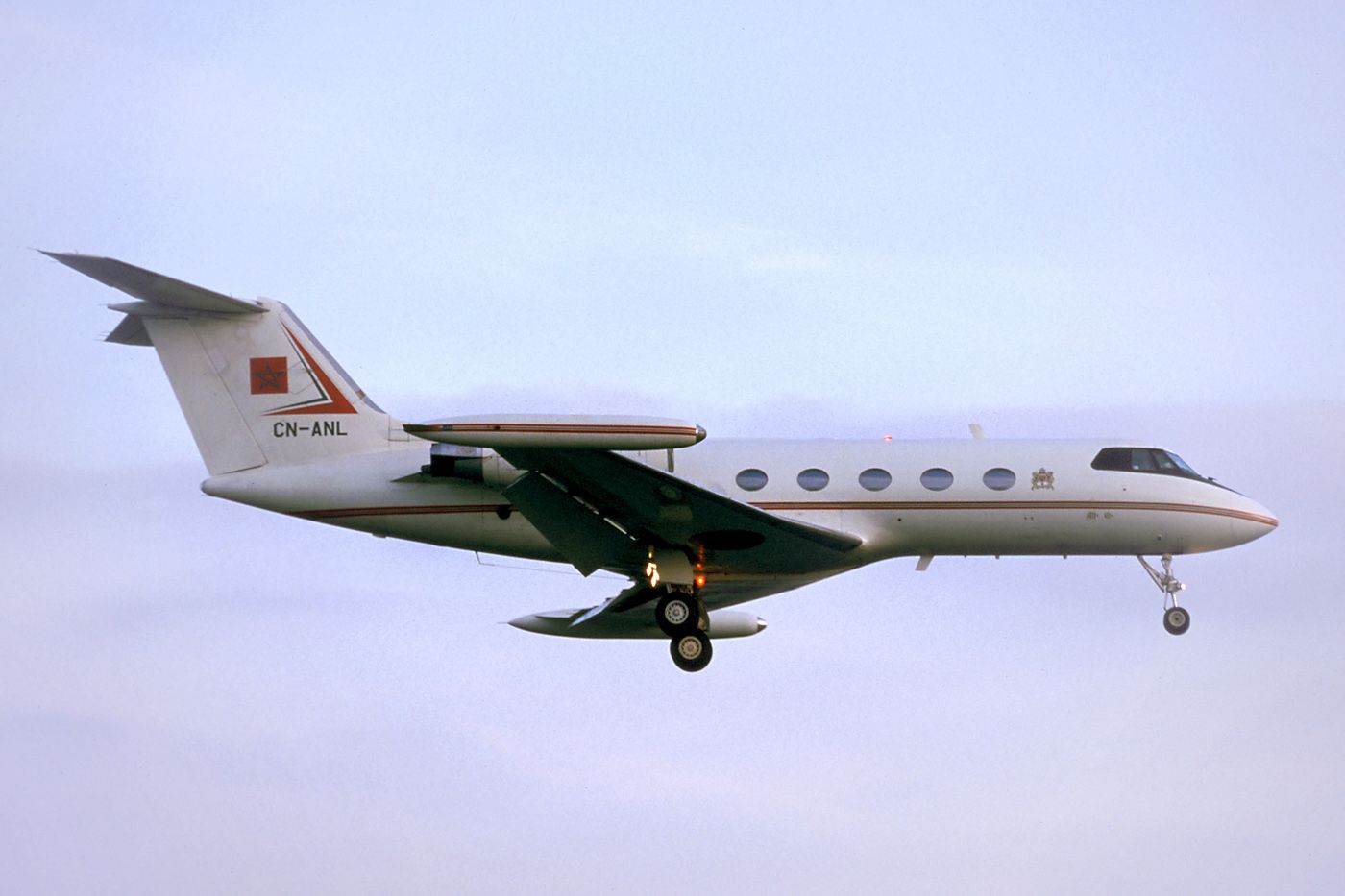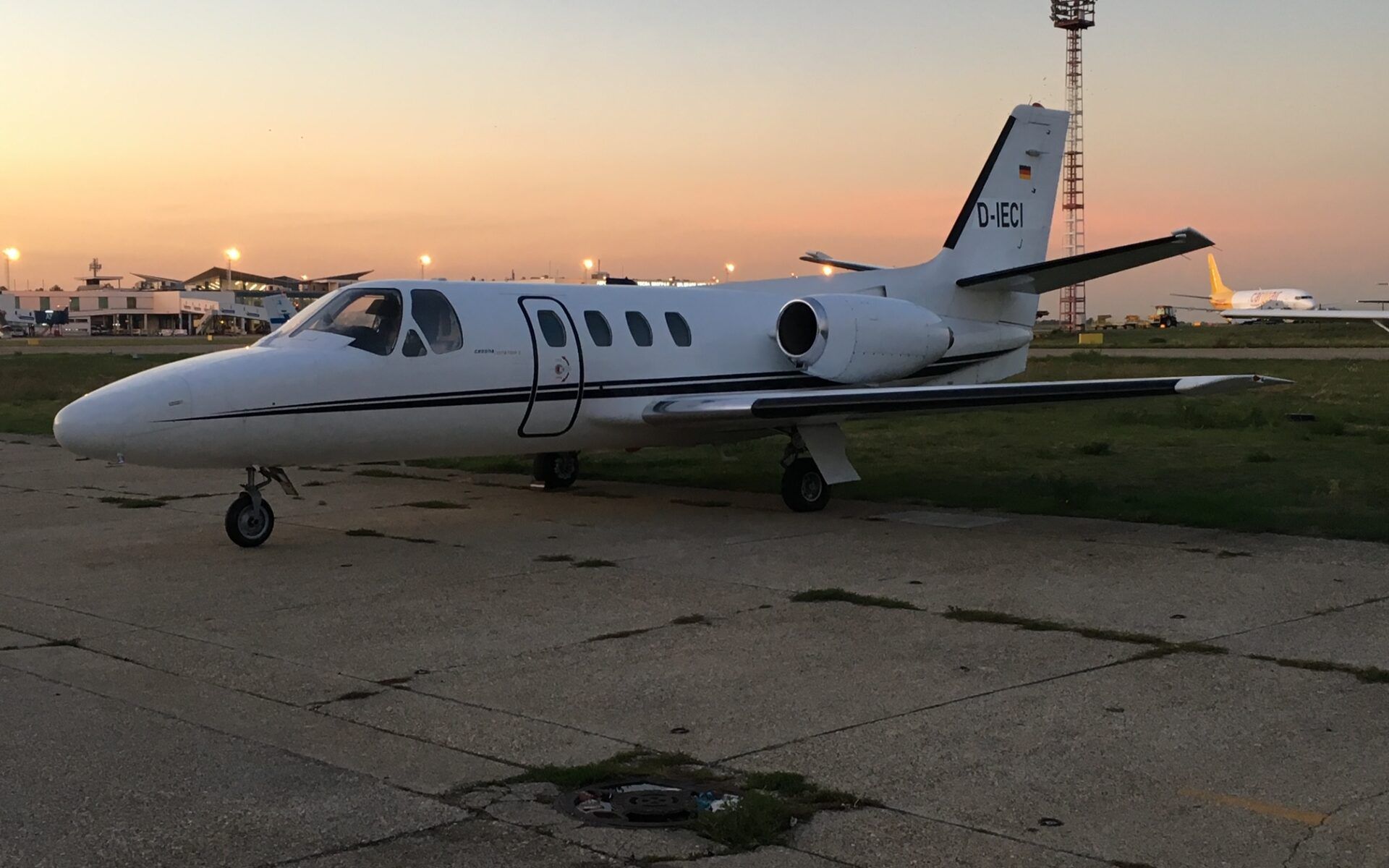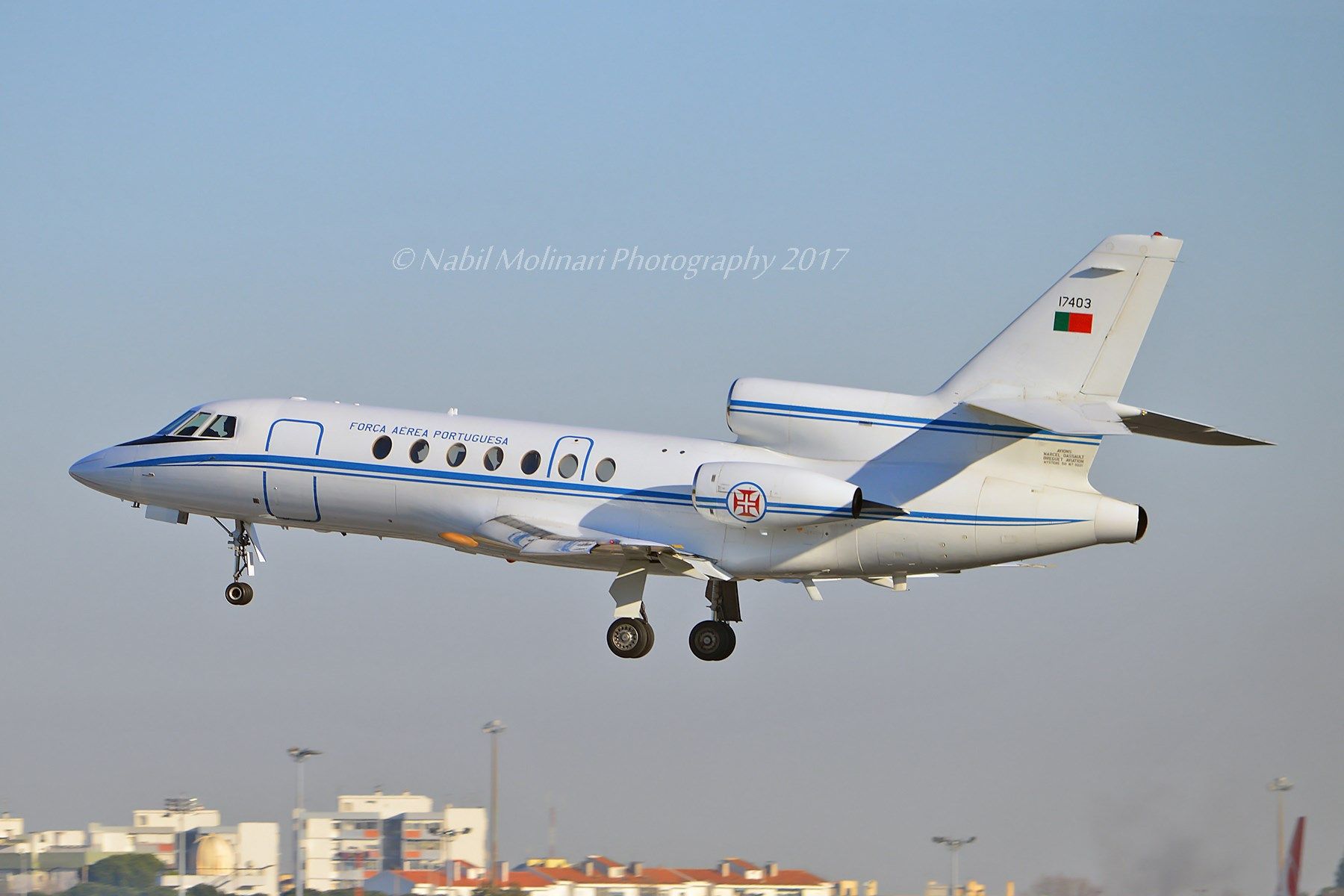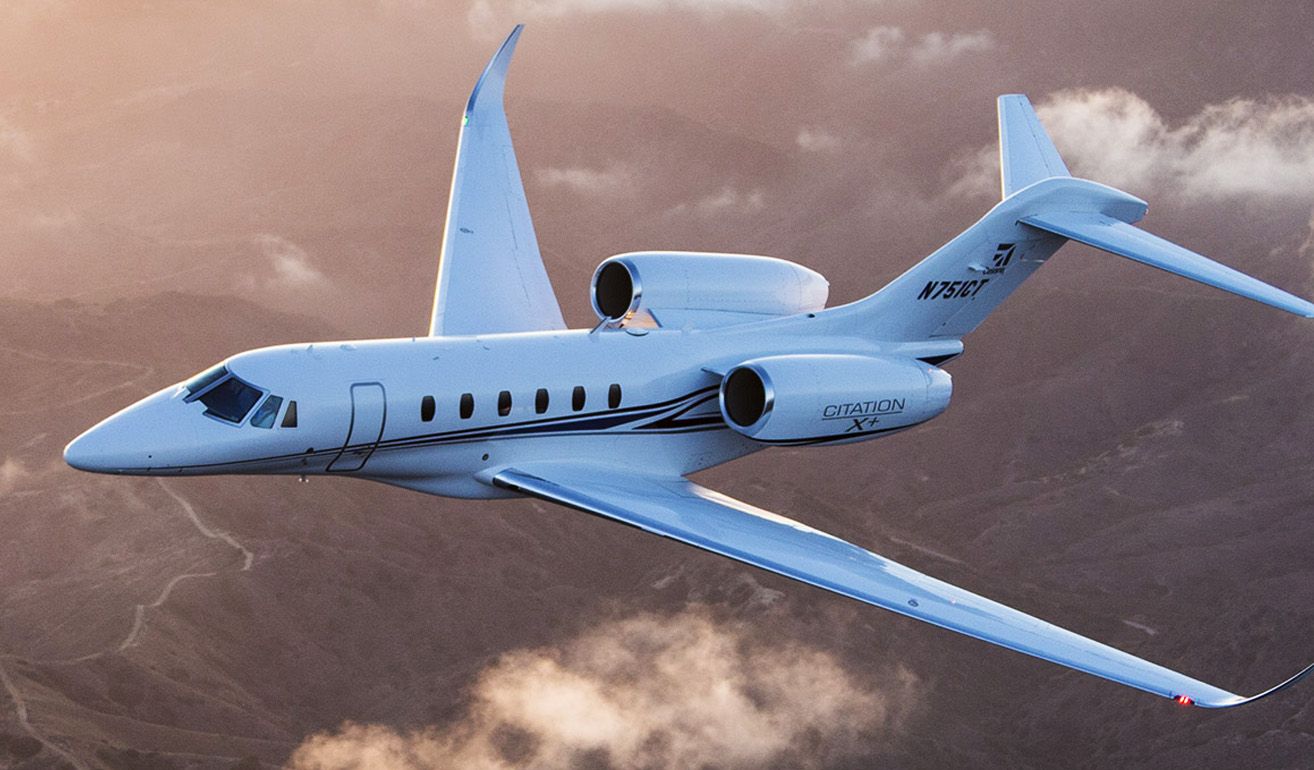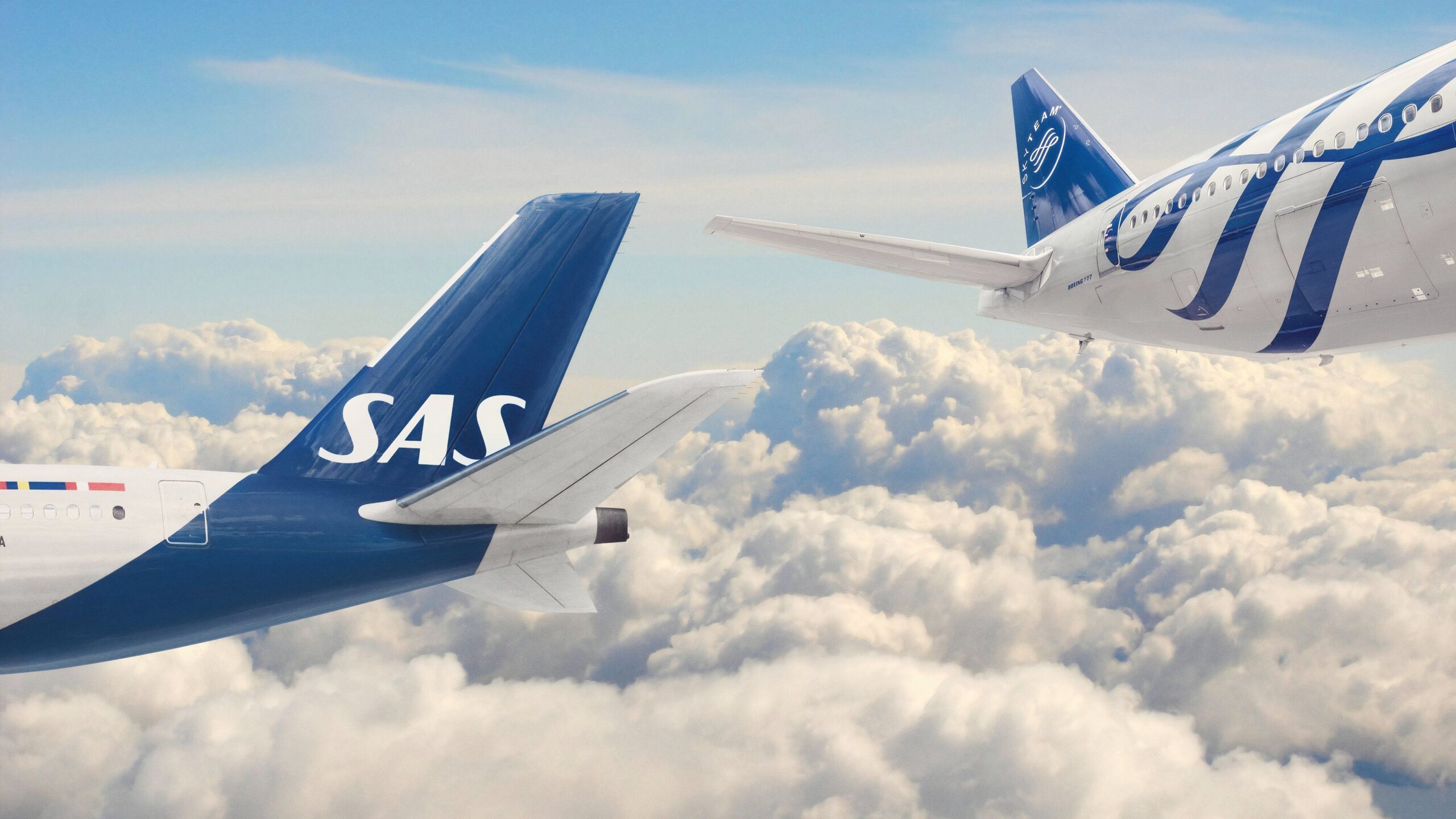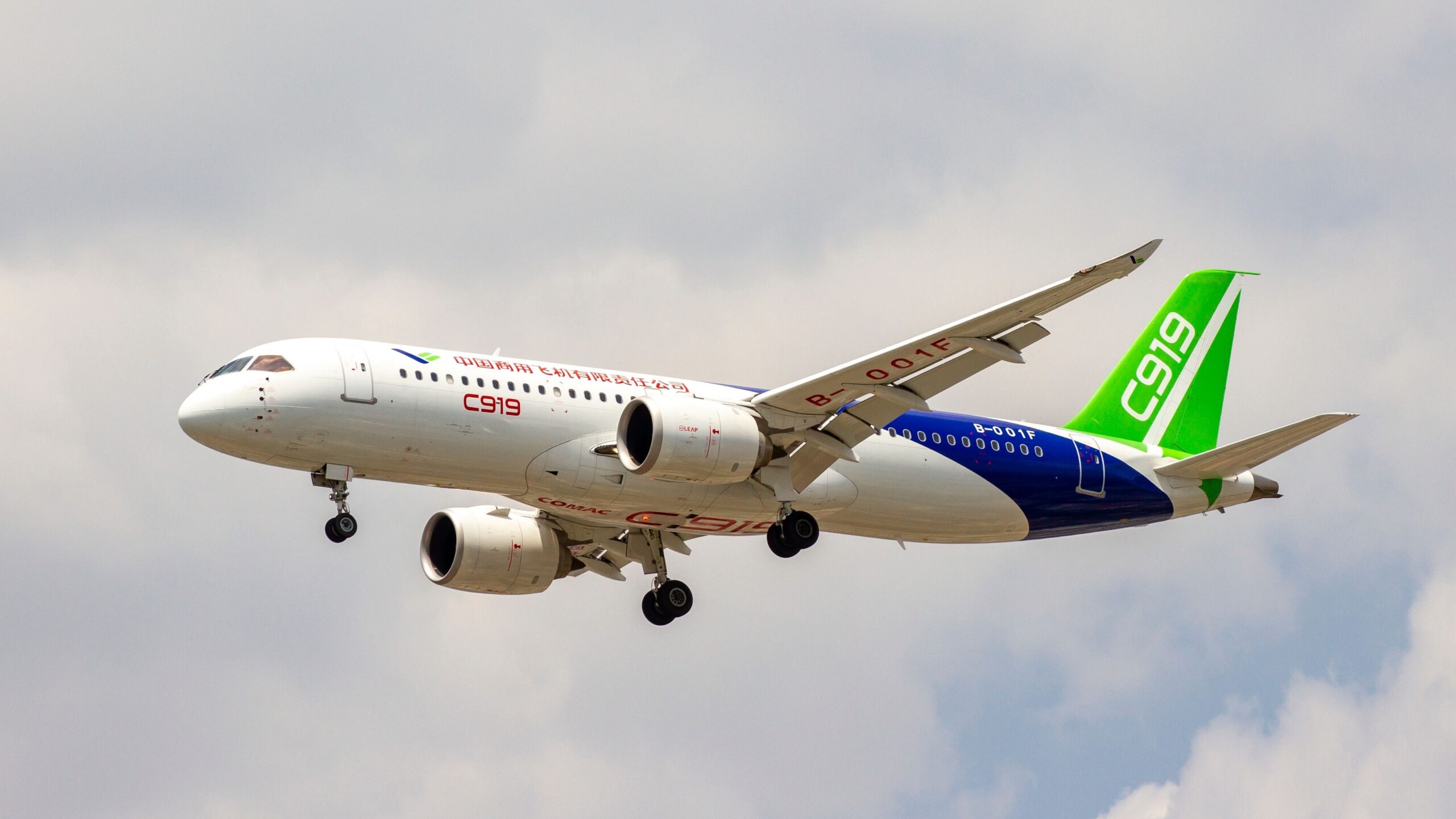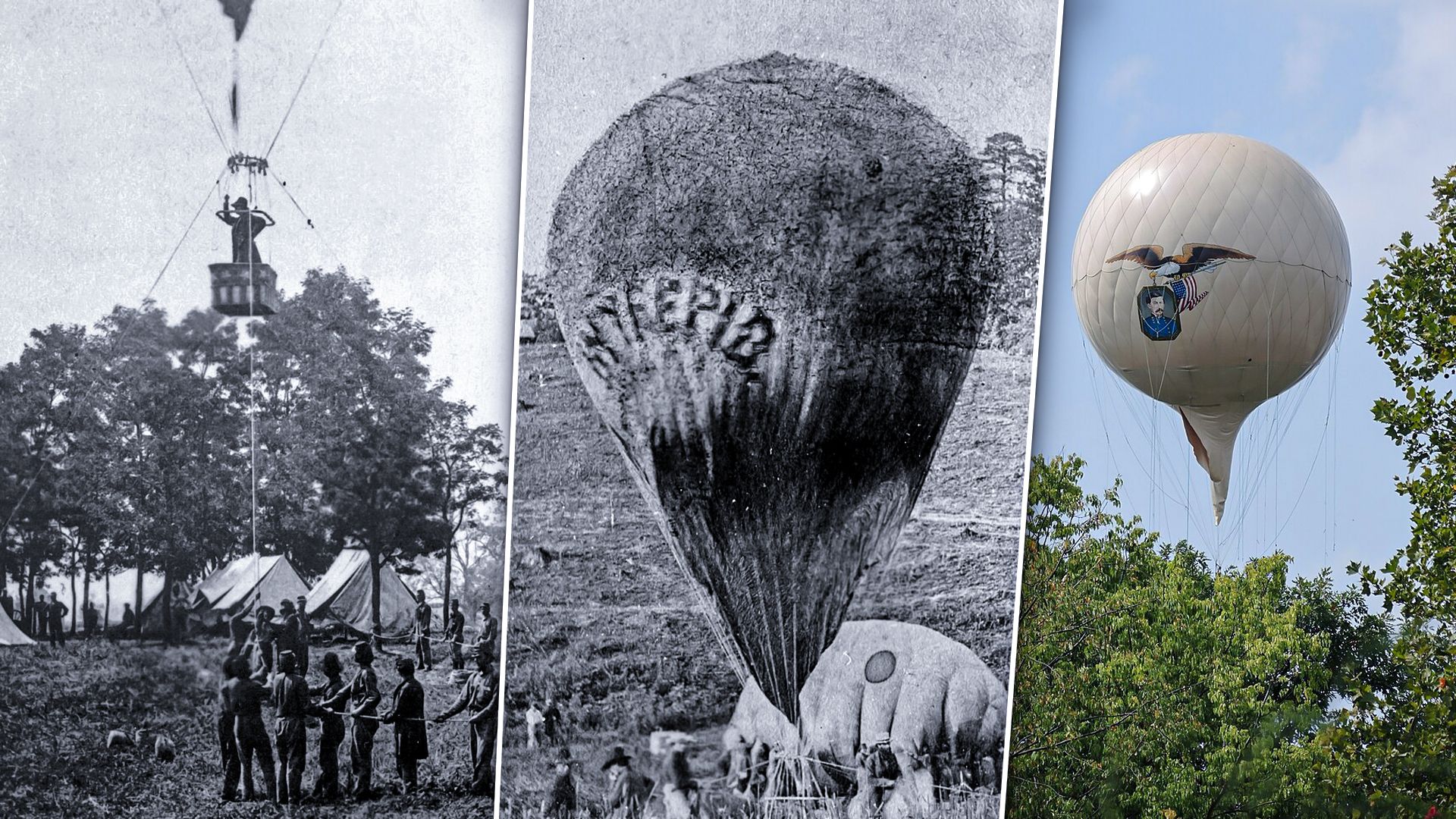When we think of business jets, Bombardier, Cessna, Dassault, Embraer, and Gulfstream all come to mind. Introducing the Learjet in 1963 helped create the private aviation industry we know today, and with that in mind, we have compiled a list of some of the earliest business aircraft.
1 Lockheed JetStar
While these days focused on military aircraft rather than civilian, Lockheed formally introduced the world to the private business jet when it introduced its JetStar in 1961. Originally designed to win a United States Air Force contract, when the military suffered budget cuts in the late 1950s, they told Lockheed that they were no longer interested. After spending so much on development, Lockheed had two choices: either chalk it off as a loss or try and sell the aircraft to the public.
Photo: Oleg Pleshkov via Shutterstock.
Ultimately, Lockheed decided to market the aircraft as a business jet. Powered by four Pratt & Whitney JT12 engines attached to the rear fuselage like the VC-10 and Ilyushin Il-62, the prototype aircraft made its maiden flight in the summer of 1960 before entering service in 1961. The Pratt & Whitney engines were extraordinarily thirsty and noisy, leading Lockheed to replace them with newer Garrett TFE731 turbofan engines. The engines and other modifications reduced the noise and gave the aircraft a better runway performance and greater range. By the time Lockheed stopped production of the JetStar in 1978, 204 aircraft had been built.
Pilots: Two
Passengers: 8-10
Maximum speed: 547 mph
Ceiling: 43,000 feet
Range: 2,995 miles
2 Learjet 23
After looking closely at the potential of the Swiss FFA P-16 fighter jet, William Powell Lear decided to produce a twin-engine powered business jet. Setting up shop in Wichita, Kansas, production of the Learjet 23 began in February 1963, with the first flight taking place eight months later.
The first Learjet 23 was delivered on October 13th, 1964.
After its introduction, the Learjet 23 became the go-to plane for corporations and celebrities looking to own a private jet. By the time production ended in 1966, 101 examples had been built.
Pilots: Two
Passengers: Six
Maximum speed: 561 mph
Ceiling: 45,000 feet
Range: 1,830 miles
3 Gulfstream II
Built initially by Grumman and then later by Gulfstream Aviation, the Grumman Gulfstream II business jet was designed to offer high-speed, long-range performance without sacrificing airport performance. The Gulfstream II was the first business jet to offer a large, spacious cabin and a range that made it possible to fly non-stop from California to New York.
Powered by two Rolls-Royce Spey turbofan engines, the Gulfstream II made its maiden flight on October 2nd, 1966. During its production run between 1967 and 1980, Gulfstream built 256 of the type.
Pilots: Two
Passengers: 19
Maximum speed: M0.85
Ceiling: 45,000 feet
Range: 4,090 miles
4 Cessna 500 Citation
In the early 1960s, American private plane makers Cessna, Beechcraft, and Piper were worried about losing their market share to light business jets like the Learjet 23 and the Aero Commander 1121 Jet Commander. While the Learjet 23 was a success, it required a skillful pilot to fly it.
The aircraft was also costly to maintain and could only operate from airports that had long runways. Seeing a niche in the market, Cessna decided to build an easy-to-fly light jet that could be used from small runways. Cessna knew that this type of plane would appeal to its traditional buyers.
Photo: Moon Jets
The prototype Fanjet 500 made its maiden flight on September 15th, 1969, and after a relatively long period of development, received its FAA certification on September 9th, 1971. During its rather successful production run between 1971 and 1985, Cessna built 689 Citations.
Pilots: Two
Passengers: Five
Maximum speed: M0.70
Ceiling: 41,000 feet
Range: 1,528 miles
5 Dassault Falcon 50
Built to fly across the Atlantic Ocean, the French-built Dassault Falcon 50 had three Honeywell TFE 731-40 turbofan engines. The Dassault Falcon 50 made its maiden flight on November 7th, 1976, and received its French airworthiness certificate on February 27th, 1979. FAA certification soon followed, and with its revolutionary supercritical wings, the Dassault Falcon 50 became the first business jet to fly across the Atlantic Ocean. In April 1995, Dassault announced that it was modernizing the plane to fly higher and faster and introducing new Collins avionics. During its production run between 1978 and 2008, Dassault built 352 examples.
Pilots: Two
Passengers: 8-9
Maximum speed: Mach 0.86
Ceiling: 49,003 feet
Range: 3,539 miles
6 Cessna Citation X
Before the Citation X came along, Cessna had a reputation for building slow business jets. Initially, Cessna was focused on building practical business jets that were easy to fly. Now, wanting to move in a different direction, Cessna wanted to make faster aircraft. After several delays, the Citation X made its maiden flight on December 21st, 1993. Years of delays followed due to airframe issues before the Citation X received its FAA certificate on June 3rd, 1996.
Photo: Europair
The first customer to receive the Cessna Citation X was golfing legend Arnold Palmer in July 1996. During its production run between 1996 and 2018, 322 Citation X aircraft were made.
Pilots: Two
Passengers: Up to 12
Maximum speed: Mach 0.92
Ceiling: 51,000 feet
Range: 3,981 miles

